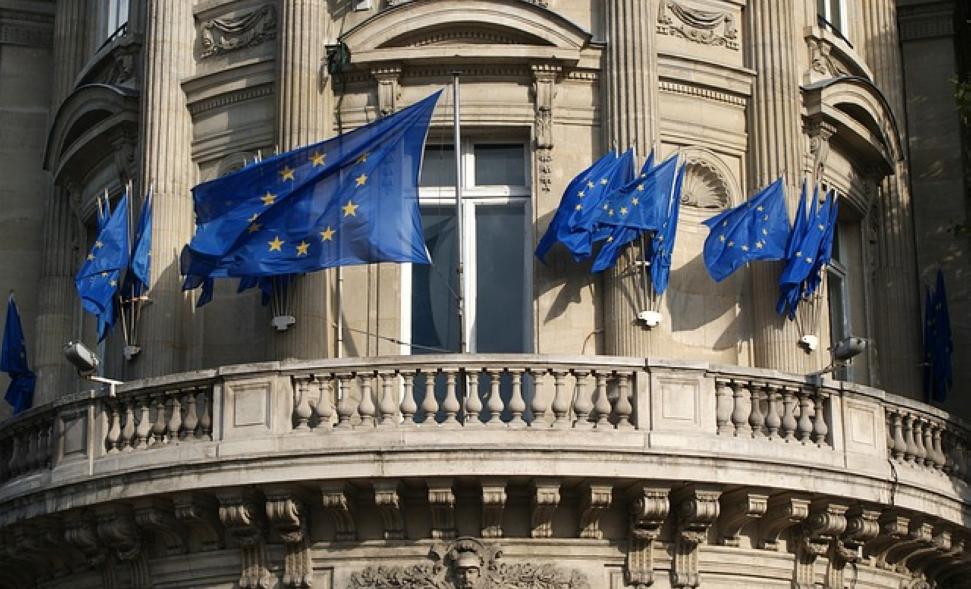
South East Europe (SEE) has long been identified as one of the European Union (EU) region’s most vulnerable to energy supply disruptions. Developing a regional market and by extension a regional hub for SEE represents one of the biggest challenges for the EU’s energy policy. Besides the lack of interconnectivity and the heavy dependence on Russian gas, the region is fraught with political complexities and regulatory uncertainty that pose obstacles to energy market liberalisation and put a damper on investor confidence.
In spite of the ongoing challenges, the region has huge potential and an abundant wealth of natural resources, and geographical advantages that can change the regions fortunes. With the right guidance, transfer of know-how from the EU and with the necessary political will, the development of an integrated and interconnected market through successful regional cooperation should not be viewed as utopia.
Initially, it was the demise of South Stream that forced Member States and the EU into action. Responding to the request of the Member States in SEE, the EU set up the high level working group on Central and South Eastern Europe Gas Connectivity (CESEC) in order to accelerate the integration of gas markets in the region and promote diversified gas supplies. South Stream’s cancellation has since been succeeded by the positive news of the start of pipeline construction for the Trans Adriatic Pipeline (TAP). TAP is the European leg of the Southern Gas Corridor (SGC), a top CESEC priority and will bring an initial 10bcm to Europe in 2020 with the possibility for an additional 10bcm thereafter. The project will act as a catalyst towards the rapid evolution of SEE from almost a "gas island” into a well-diversified and integrated component of the EU Energy Union. The addition of TAP volumes into the regional energy mix will also lay the foundations for cross-commodity optimisation and trading arbitrage. Combining this with the reverse flow potential that TAP offers, 2020 could see the region bi-directionally interconnected with Turkey and Italy, two of the biggest gas markets in the world.
This promising gas trading potential could be significantly augmented via the addition of East Med findings into the regional energy mix. Egypt, Israel & Cyprus are jointly sitting on a new "Groningen” field (2 tcm of proven reserves). According to Greek Energy Forum’s calculations, this should be roughly equivalent to the aggregate gas demand of the whole SEE region for 80 years! With coal and lignite plants in the region phasing out in 2020 and gas demand projected to increase, the EU needs to commit more political and economic capital to ensure that most of those molecules will flow via EU soil.
While the EU uses its energy diplomacy to unlock new routes and supplies, it should also assist Member States to fulfill the "Vertical Corridor” agreement of December 2014 and ensure full liberalisation of their energy markets in line with the Third Energy Package. The development of key projects such as the Interconnector Greece-Bulgaria (IGB) and the Romania-Bulgaria Interconnector (IBR) are fundamental to the creation of a competitive and liquid SEE gas market. However, without market liberalisation across SEE, the region will only experience half the benefits.
In conclusion, NordStream II discussions may have dominated the EU energy debate in 2016 but it is imperative they do not overshadow EU efforts and initiatives underway in SEE. The realisation of the SGC will pave the way for enhanced energy security in the region and together with the other key interconnector projects to be completed and with the prospect of fresh LNG supplies coming into existing and prospective LNG facilities in the region, there is hope for a brighter energy future in the region.




